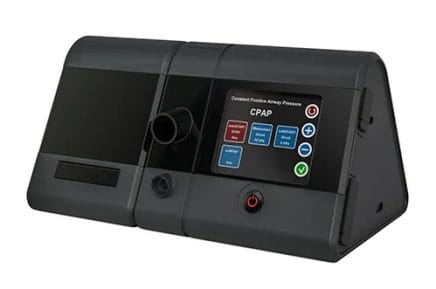 Sleep apnea, derived from the Greek word apnoia meaning “absence of respiration”, is a common sleep disorder in the United States affecting more than 22 million Americans. Research states that 10% of women and 25% of men suffer from sleep apnea. Another research by the National Commission on Sleep Disorders has alarming information, reporting that obstructive sleep apnea (OSA) increases the risk of:
Sleep apnea, derived from the Greek word apnoia meaning “absence of respiration”, is a common sleep disorder in the United States affecting more than 22 million Americans. Research states that 10% of women and 25% of men suffer from sleep apnea. Another research by the National Commission on Sleep Disorders has alarming information, reporting that obstructive sleep apnea (OSA) increases the risk of:
- Coronary heart disease by 30%
- Heart failure by 140%
- Stroke by 60%
Continuous positive airway pressure (CPAP) machines remain to be the most recommended treatment for severe obstructive sleep apnea. However, not all patients can tolerate CPAP. Few find it limiting, invasive, and even suffocating. In that case, oral appliance therapy can work as an alternative to CPAP therapy.
This article walks you through dental devices for sleep apnea, cost, pros and cons, and much more. But first, we will dive into sleep apnea, types, symptoms, and side effects.
Main Topics:
- Sleep Apnea
- Obstructive Sleep Apnea (OSA)
- What Is Oral Appliance Therapy?
- Does Oral Appliance Therapy Work for Sleep Apnea?
- What Is the Most Effective Oral Appliance for Sleep Apnea?
- Pros of Dental Appliances
- Cons of Dental Appliances
- How Do Oral Devices Treat Sleep Apnea?
- How Effective Are Dental Appliances for Sleep Apnea?
- Conclusion
Sleep Apnea
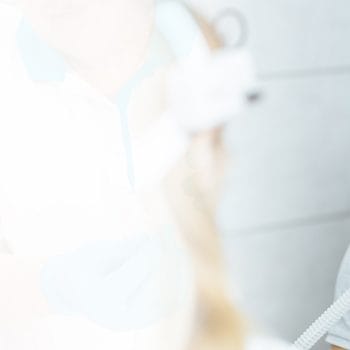 This is a rather serious sleep disorder where your breathing is interrupted during sleep. As the terms apnea indicates, your breathing pauses for 10 seconds or more throughout the night. It occurs when the upper airway is blocked, thereby reducing or stopping airflow. Depending on the severity, your breathing can stop, sometimes even hundreds of times. When untreated, sleep apnea can cause quite a lot of health issues, including:
This is a rather serious sleep disorder where your breathing is interrupted during sleep. As the terms apnea indicates, your breathing pauses for 10 seconds or more throughout the night. It occurs when the upper airway is blocked, thereby reducing or stopping airflow. Depending on the severity, your breathing can stop, sometimes even hundreds of times. When untreated, sleep apnea can cause quite a lot of health issues, including:
- High blood pressure
- Stroke
- Cardiomyopathy
- Heart failure
- Heart attack
- Diabetes
Apart from health problems, it is also the reason for accidents (work and vehicles). Furthermore, patients suffering from sleep apnea underperform in schools and at jobs.
Types of Sleep Apnea
Sleep apnea is categorized into 3 types:
- Obstructive Sleep Apnea (OSA) occurs when there is a partial or complete blockage of the upper airway during sleep. During an active episode, the chest muscles and the diaphragm works harder and exert more pressure to open the airway. Hence you may resume breathing with a gasp.
- Central Sleep Apnea occurs when the brain misfires, often failing to signal the muscles to breathe. This happens due to the instability of the respiratory system.
- Complex Sleep Apnea, as the name indicates, is a mix of both obstructive and central sleep apnea.
Symptoms
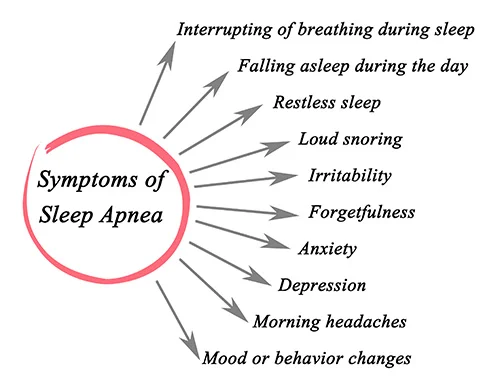 To start with, you need a sleep study to help diagnose the condition. The symptoms make it difficult to diagnose it otherwise. The signs and symptoms of sleep apnea (obstructive and central) include:
To start with, you need a sleep study to help diagnose the condition. The symptoms make it difficult to diagnose it otherwise. The signs and symptoms of sleep apnea (obstructive and central) include:
- Snoring
- Gasping for air during sleep
- Teeth grinding
- Dry mouth in the morning
- Morning headache
- Insomnia
- Daytime sleepiness
- Fatigue
- Irritability
- Difficulty paying attention
Obstructive Sleep Apnea (OSA)
OSA is one of the most common forms of sleep apnea in the United States. It occurs when the muscles in the back of the throat relax. These muscles support the uvula, soft palate, tonsils, and tongue. When they relax, that airway closes as you breathe, leaving you with little air. Without enough air, the oxygen level in the blood continues to drop. When your brain is altered from the reduced levels, you wake up so that you can breathe again. However, it is brief, and you choke or gasp as you awaken. The pattern repeats throughout the night, preventing you from having a deep sleep.
Side Effects of OSA
OSA is a serious medical condition. Studies show that OSA decreases life expectancy. When untreated, it can have a detrimental effect on your health. The complications may include:
- Daytime Fatigue: The repeated awakening can disrupt your normal sleep cycle. Furthermore, it increases fatigue, irritability, drowsiness, and even depression.
- High Blood Pressure: The sudden drop in oxygen levels increases the blood pressure. It also strains the cardiovascular system.
- Heart Problems: Apnea can also increase your risk of heart attacks and strokes. In the case of a preexisting condition, the repeated low oxygen levels can lead to death.
- Type 2 Diabetes: OSA increases your risk of insulin resistance and developing diabetes.
- Metabolic Syndrome: High blood pressure and high blood sugar lead to metabolic issues. And also an increased waist circumference.
- Liver Problems: Livers of sleep apnea patients show scarring (nonalcoholic fatty liver disease). They also have abnormal liver function tests.
- Finally, patients with sleep apnea may face difficulties when under general anesthesia. Since they are prone to breathing problems, it can be a cause for concern.
What Device Helps Relieve OSA?
Doctors recommend a CPAP (continuous positive airway pressure) device for OSA. The CPAP machine delivers a continuous flow of air through a nasal mask while you sleep. The pressure of air is higher than the surrounding air, which keeps the airways open. On the downside, the machine may be cumbersome, restricting, and loud, and also requires weekly, if not daily, cleaning maintenance.
What Is Oral Appliance Therapy?
Oral appliance therapy is an effective treatment option for obstructive sleep apnea. In this form of therapy, an oral appliance similar to a retainer is fitted over your teeth. When worn at night, it repositions the jaw or tongue hence removing the obstruction. But they can be uncomfortable, at least in the beginning.
Since mouth and jaw shape differs for every person, oral devices are generally custom-fitted by a dentist. When worn daily, they improve sleep quality, reduce fatigue and restore your health.
If you and your doctor decide that oral appliance is the best treatment option, he will refer you to a dentist. The dentist will custom-fit an oral appliance for you. It is an ongoing treatment, and you will be under regular observation to ensure a proper fit.
Does Oral Appliance Therapy Work for Sleep Apnea?
Not everyone benefits from oral devices. Oral appliance therapy works only for mild to moderate sleep apnea. People suffering from severe sleep apnea prefer CPAP therapy and not dental devices. However, you can use it if you cannot tolerate CPAP machines. Something is better than no treatment at all. Oral appliances may not be helpful for patients suffering from central apnea.
In short, you can benefit from oral devices if:
- Sleep apnea gets better when you sleep on your back
- You are not overweight
A point often overlooked is that treatment options often vary depending on the patient. Unless you are fitted out by a professional and tried an oral device, you can not know if it will work for you.
What Is the Most Effective Oral Appliance for Sleep Apnea?
Mandibular advancement devices (MADs) are the most effective dental devices for treating sleep apnea. They look similar to the mouth guards used by sports professionals. When worn, the devices snap over the upper and lower dental arches. Furthermore, they also have metal hinges that make it possible for the lower jaw to be eased forward so that it does not fall open during the night and cause the airway to collapse. There are 3 types of MADs:
- Boil and Bite MADs: These can be bought online and from pharmacies. To get a good fit, soften the resin or silicone with hot water, then after it has cooled slightly, place the device inside your mouth and clamp down. Some of these devices now include the ability to adjust to the user.
- Semi-Custom Devices: These require the user to have a custom mold made of their teeth. The mold is then sent away to be custom fitted. The drawback of using this type of MAD is if the device doesn’t fit your mouth properly, it will need to be sent back to be fixed.
- Custom Dental MADs: These MADs are based on physician referrals and custom-made by dentists or sleep specialists (somnologists). The benefit here is that they offer a more perfect fit and the ability to be refined by experts.
Some dental devices like the Thornton Adjustable Positioner (TAP) allow you to control the degree of advancement. The following video shows you how to use and adjust the TAP device:

How Long Does an Oral Appliance Last?
Dental appliances, whatever they may be, are effective for a year or two at the most with regular use. With proper maintenance, you can get a few more months out of it. After that, the materials start to weaken, and the device starts to lose its efficiency. If you suffer from bruxism, it can last only six months (which is rare)
If you choose a mouth guard, you will have to replace it every few years to get the best out of it.
How Much Do Oral Appliances Cost?
Depending on the oral device, it can cost anywhere from $1,800 – $2,000. This includes:
- Dental device
- Adjustments
- Dental visits
- Follow-ups
- Alterations
Are Dental Appliances Covered by Insurance?
Medical insurance, including Medicare and Medicaid, offers coverage for dental appliances. However, you’ll need a diagnosis of OSA from a sleep specialist and not snoring. For mild to moderate OSA, they cover custom oral devices as being “medically necessary”. In the case of severe OSA, the patient is required to use a CPAP machine. However, if they cannot tolerate a CPAP machine, dental devices are also covered.
Pros of Dental Appliances
Dental devices must be used under the guidance of qualified dentists and doctors who specialize in sleep disorders. However, when used in a consistent manner, many patients see improvements quite early. The benefits of oral appliances include:
- Easy to use: They have a higher rate of compliance compared to any other sleep apnea treatment.
- Discrete: Unlike CPAP and BiPAP, these are not visible to your bed partner.
- Compact: These devices are pretty small; Hence portable and convenient.
- Energy Efficient: Unlike CPAP machines, they do not require electricity to function. Hence, they are cheaper to use in the long term.
 Cons of Dental Appliances
Cons of Dental Appliances
Dental devices for sleep apnea come with their complications. Most patients experience discomfort and jaw pain, to name a few. Here are a few disadvantages of a dental device.
- You may not be able to use an oral device with missing teeth.
- Temporomandibular joint (TMJ) arthritis is common among patients who use oral devices.
- A permanent change in the position of the jaw
- The shifting position of the jaw causes teeth pain, gum pain, soreness, and stiffness.
- Patients sometimes experience dry mouth or increased saliva production.
- Dental crowns and bridges may be left loose.
How Do Oral Devices Treat Sleep Apnea?
Sleep apnea occurs when the soft tissue in the back of the throat relaxes and obstructs the airway. The dental devices work to prevent sagging and to keep the windpipe open. There are three types of Oral Appliances. Each one of them works in a different way to keep you breathing in a usual manner.
Mandibular Advancement Devices
Also called Jaw Advancing Devices, the devices are fitted over your lower and upper teeth. They feature metal hinges and screws that help push the lower jaw forward. When your jaw is pushed forward, the airway is forced to stay open by the forward movement. As a result, these devices improve the strength and firmness of the trachea.
Tongue Retaining Devices
A tongue retaining device holds the tongue forward, thereby keeping the airway open. They consist of a soft plastic splint that holds your tongue outside your mouth. Contrary to that of MADs, this dental device doesn’t affect the jaw in any way. Instead, they control the tongue, which can be uncomfortable.
Mouth Guards
Similar to Mads, these dental devices adjust your lower jar but to a lesser degree. Contrary to MADs and TREDs, you use store-bought generic devices. One of the most common devices is the boil-and-bite. Here, the plastic device is boiled in water for about a minute to soften it. Then, place the softened plastic in your mouth and bite down for it to mold around your teeth.
How Effective Are Dental Appliances for Sleep Apnea?
Oral devices are not effective for all patients. They work the best for mild and moderate obstructive sleep apnea (OSA). However, they do not work for severe conditions. CPAP machines are the universally accepted sleep apnea treatment for severe OSA. In some cases, they are also used in conjunction with a CPAP machine to increase efficiency.
Dental devices are also used as a substitute for people who cannot tolerate CPAP. They are cost-effective and also less invasive. Doctors use it in conjunction with a weight loss program for maximum effectiveness.
Considering the above, you must work with your doctor to find a suitable treatment. After receiving the device, you may need another sleep test to find out its effectiveness.
Conclusion
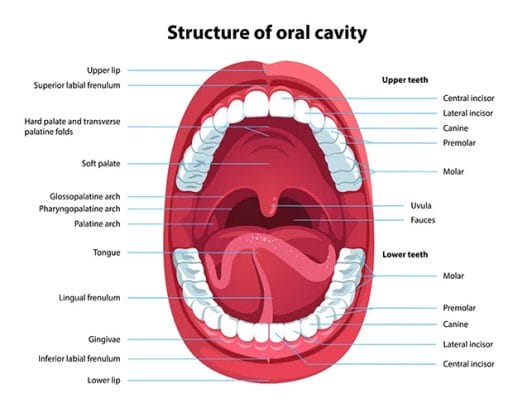 Oral devices are effective treatment options for patients suffering from sleep apnea. While used for mild and moderate sleep apnea, they are also used when CPAP therapy doesn’t work. The primary purpose of this device is to keep the airway open, preventing it from collapse.
Oral devices are effective treatment options for patients suffering from sleep apnea. While used for mild and moderate sleep apnea, they are also used when CPAP therapy doesn’t work. The primary purpose of this device is to keep the airway open, preventing it from collapse.
These devices help to control sleep apnea in the long run. However, they have potential drawbacks, which include altered bite, arthritis of the jaw (TMJ), excessive salivation, to name a few. Once fitted with the device, you will require regular checkups for adjustments and replacement if needed.
Apart from dental devices, CPAP therapy also works to bring sleep apnea under control. Very severe cases may require uvulopalatopharyngoplasty (UPPP) surgery. This surgery has the goal of enlarging a specific portion of the airway and prevent snoring and airway collapse. It also involves trimming of the soft palate and removal of swollen tonsils or adenoids.
However, the treatment option for sleep apnea depends on the severity of the condition and other medical problems you may have. In addition to that, the structure of your jaw, airway, and finally your personal preference are also considered. Work with your sleep specialist (somnologist) to select the best option.

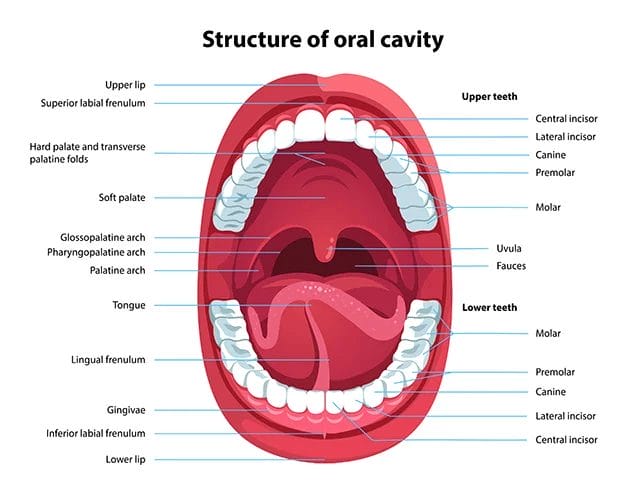
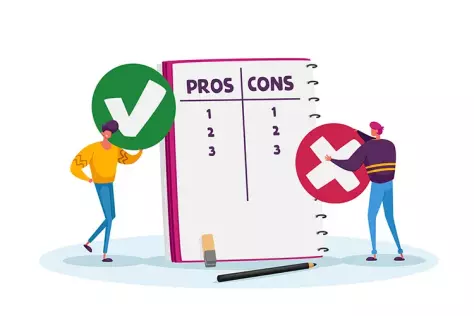 Cons of Dental Appliances
Cons of Dental Appliances
